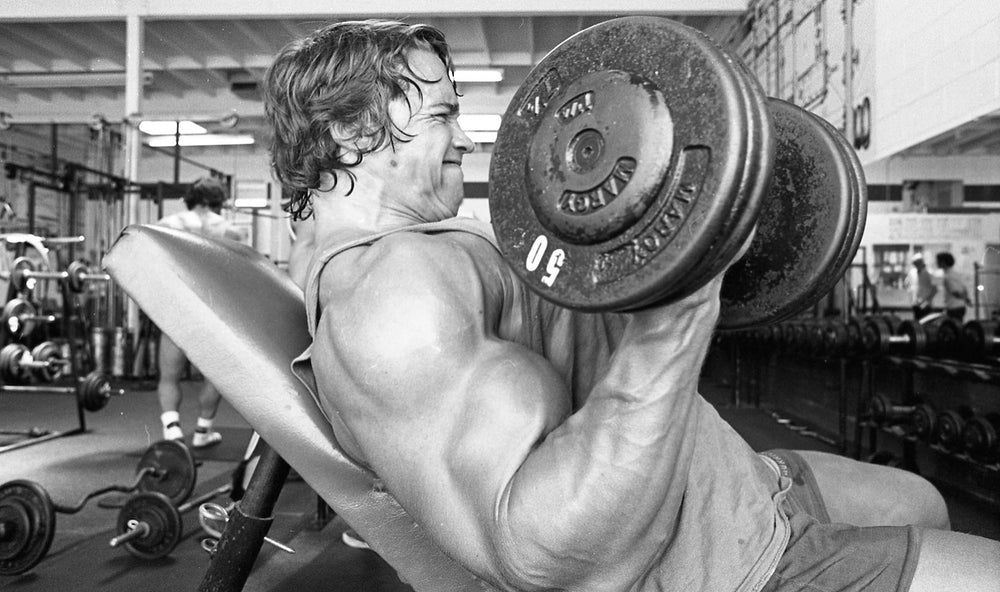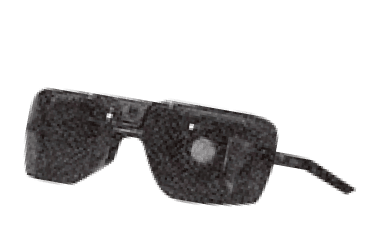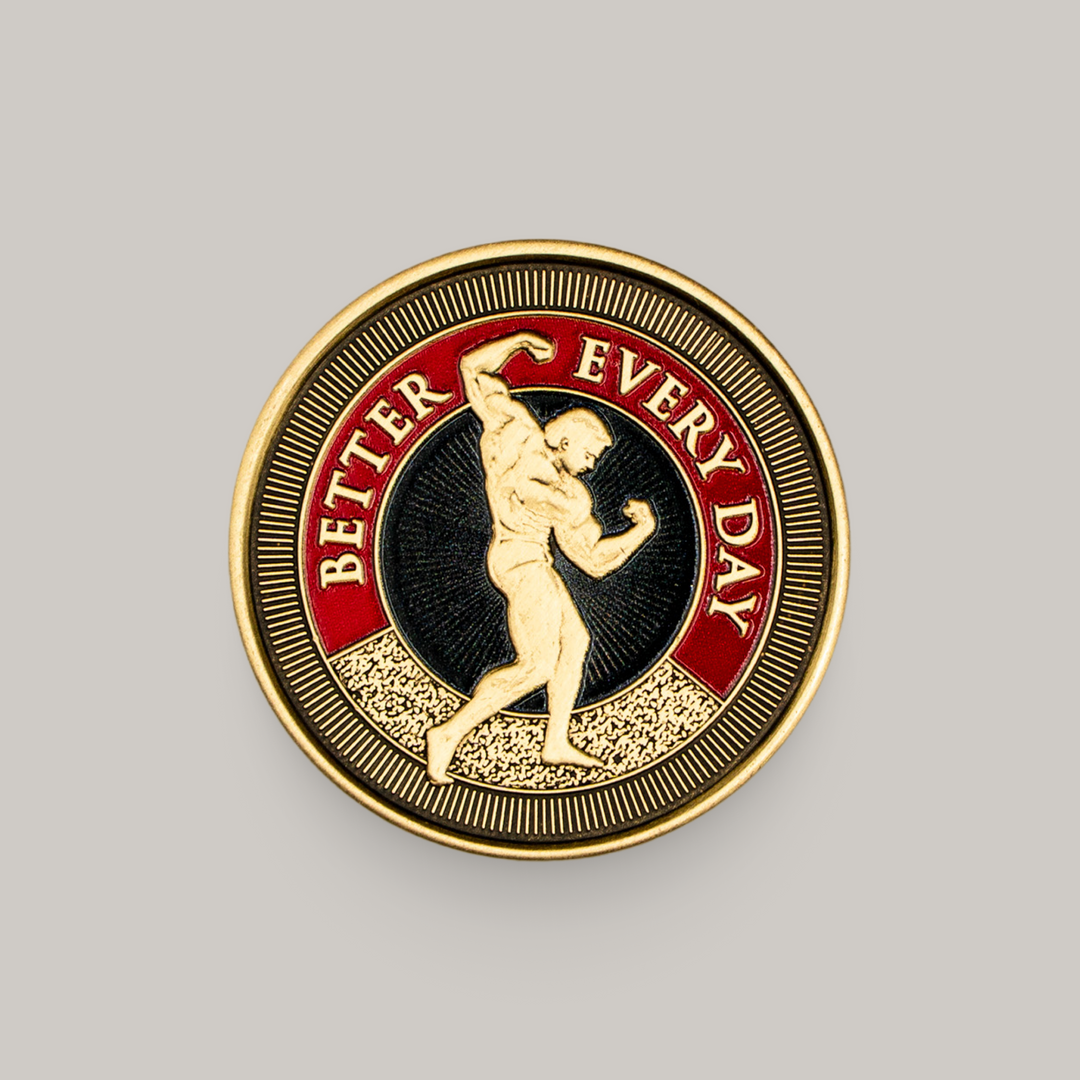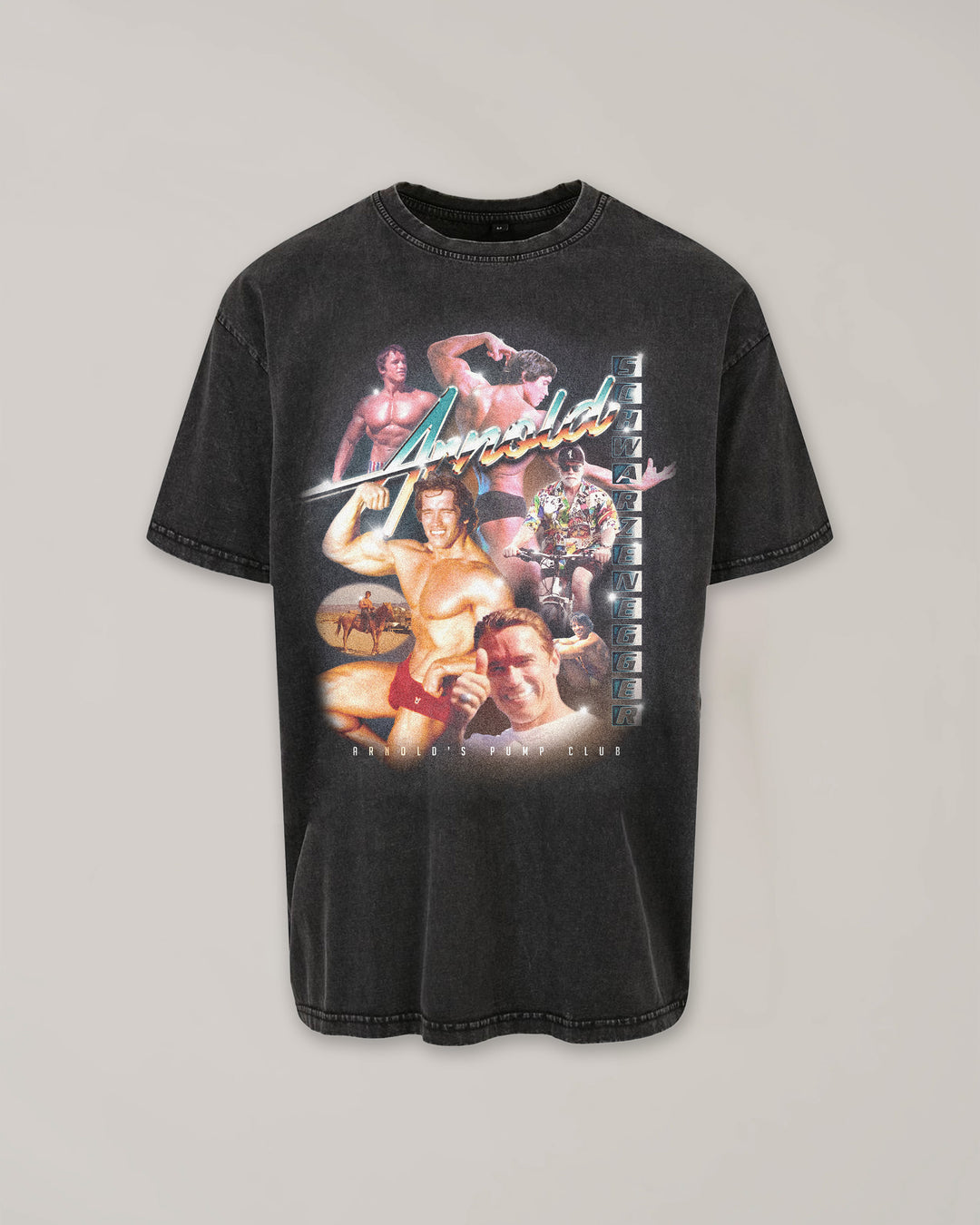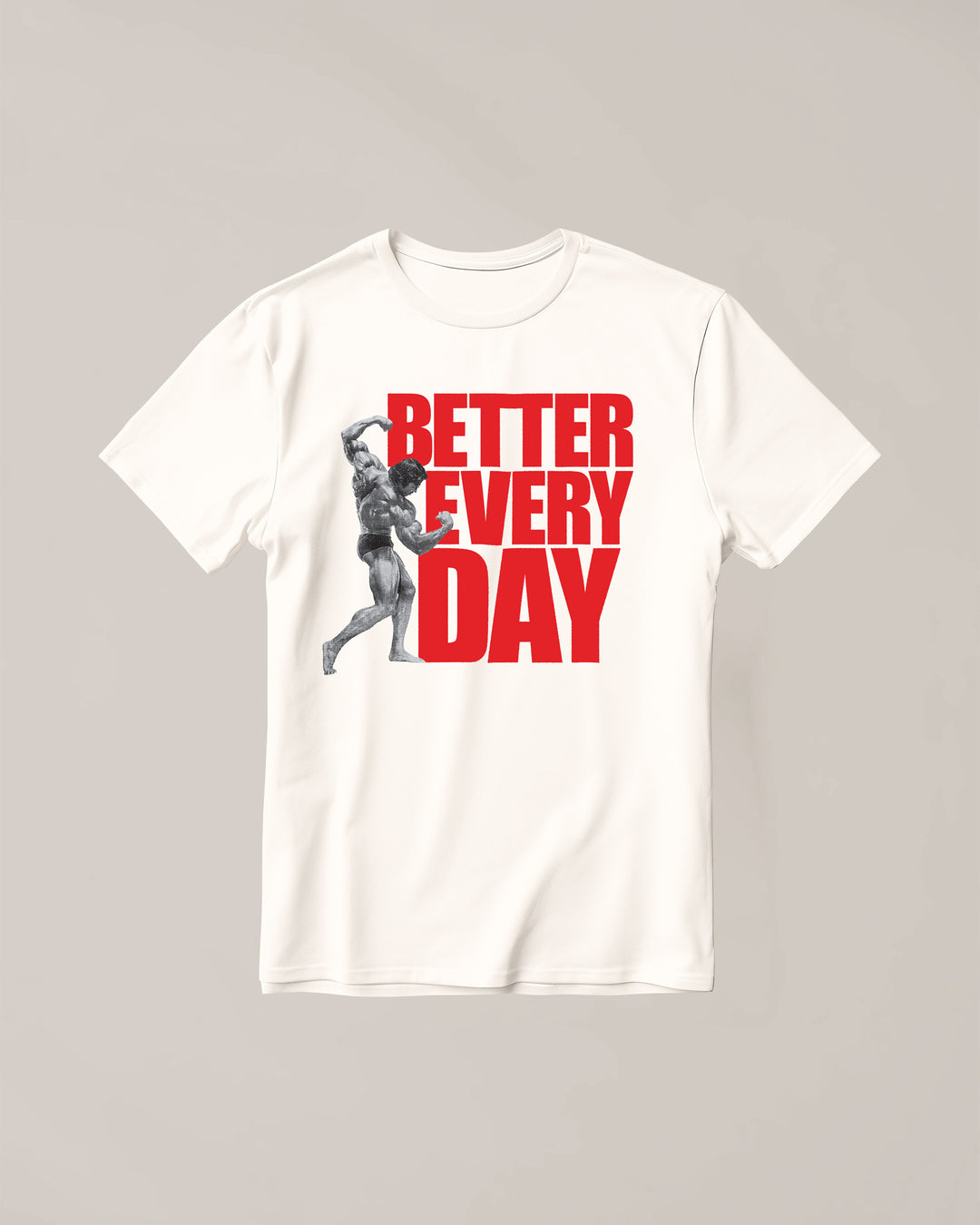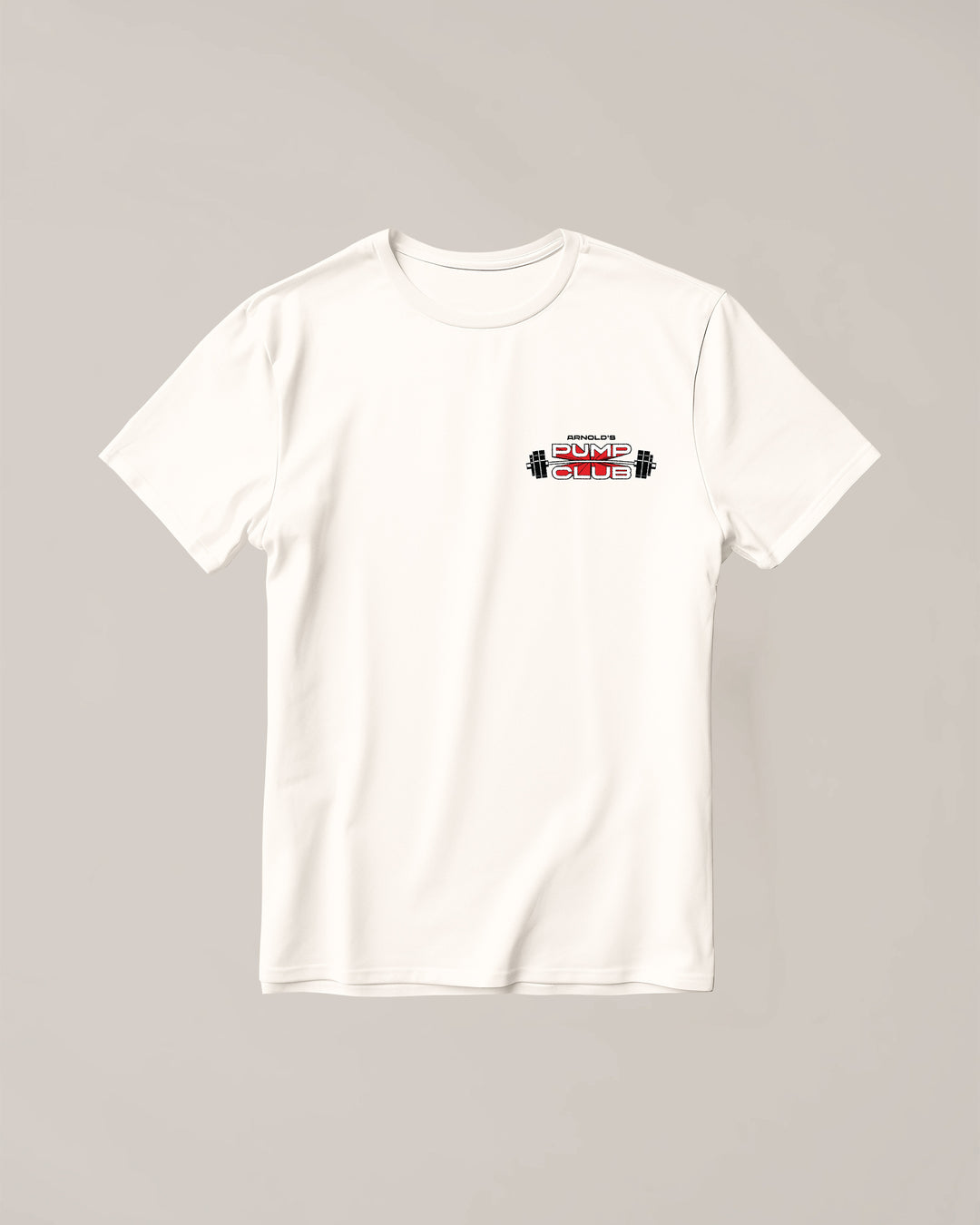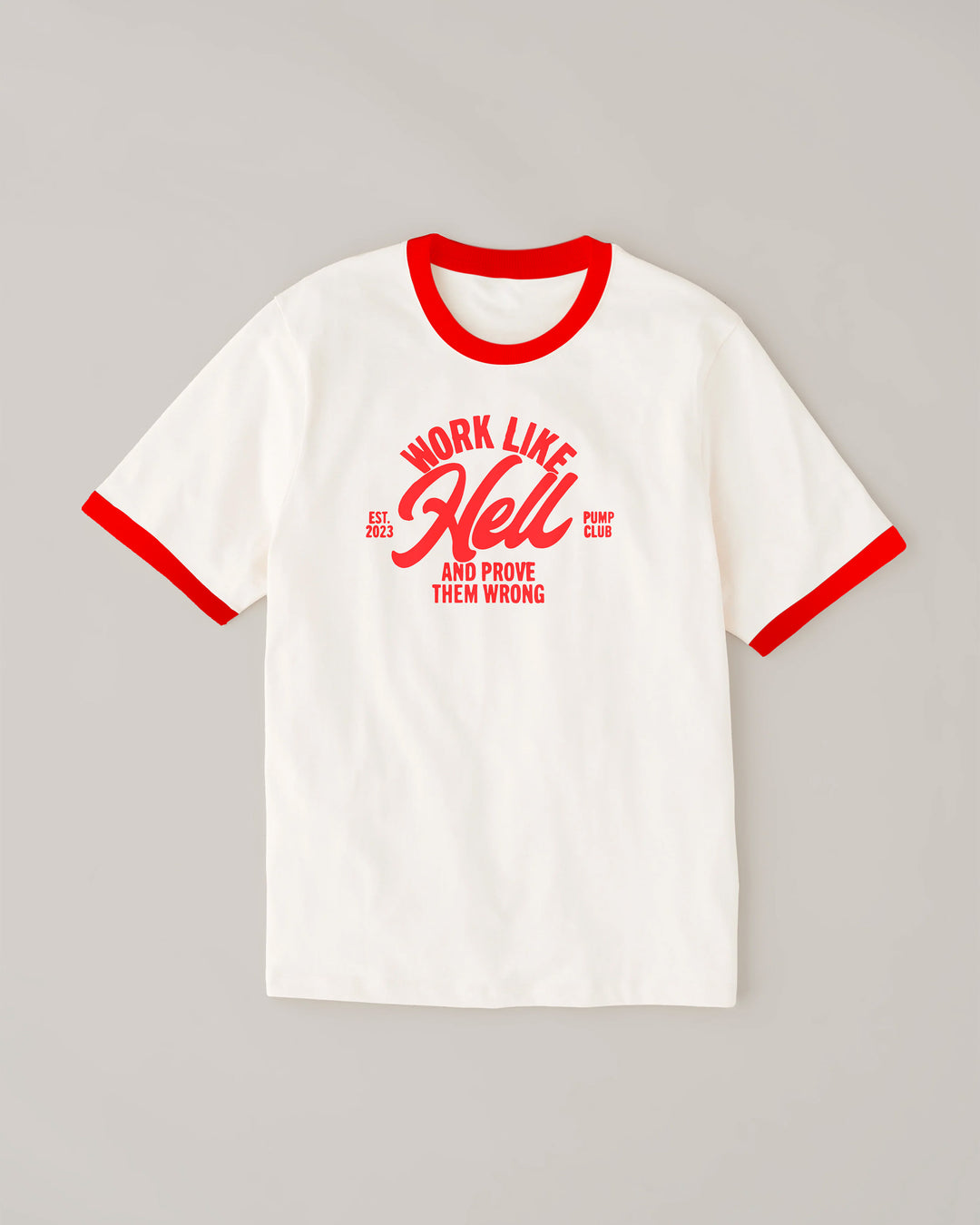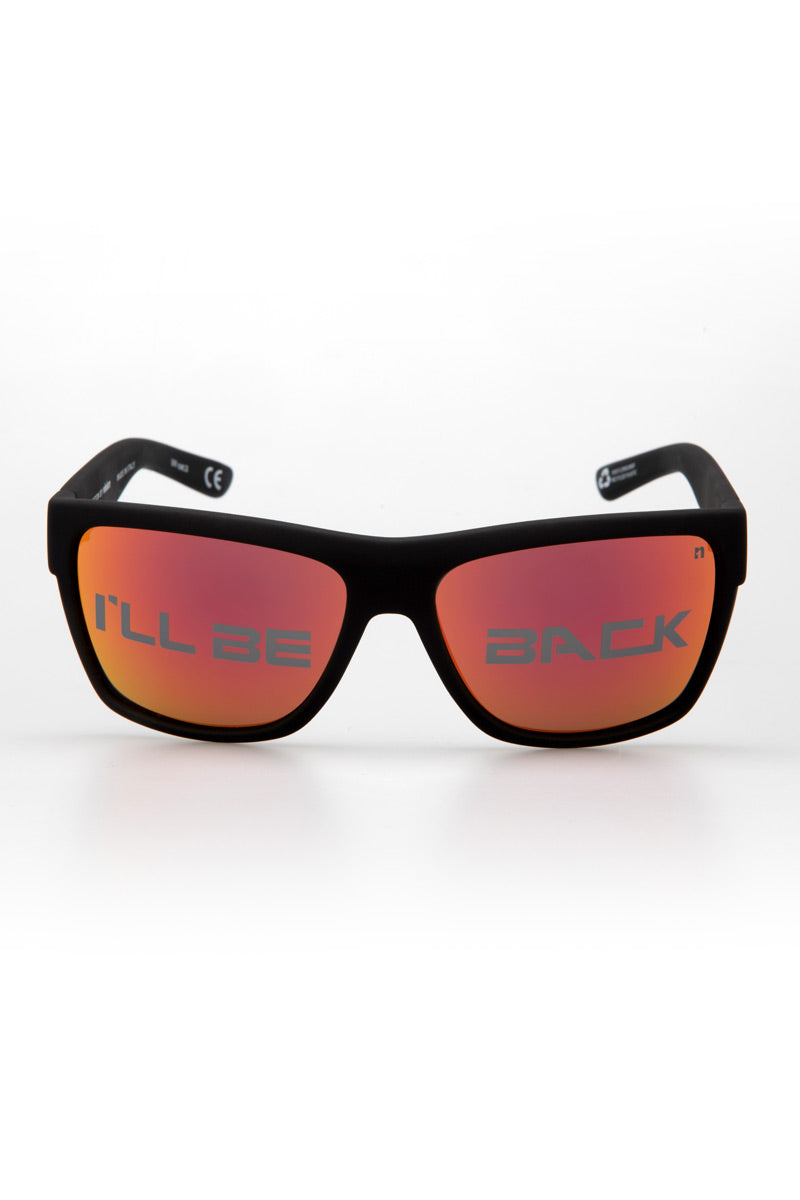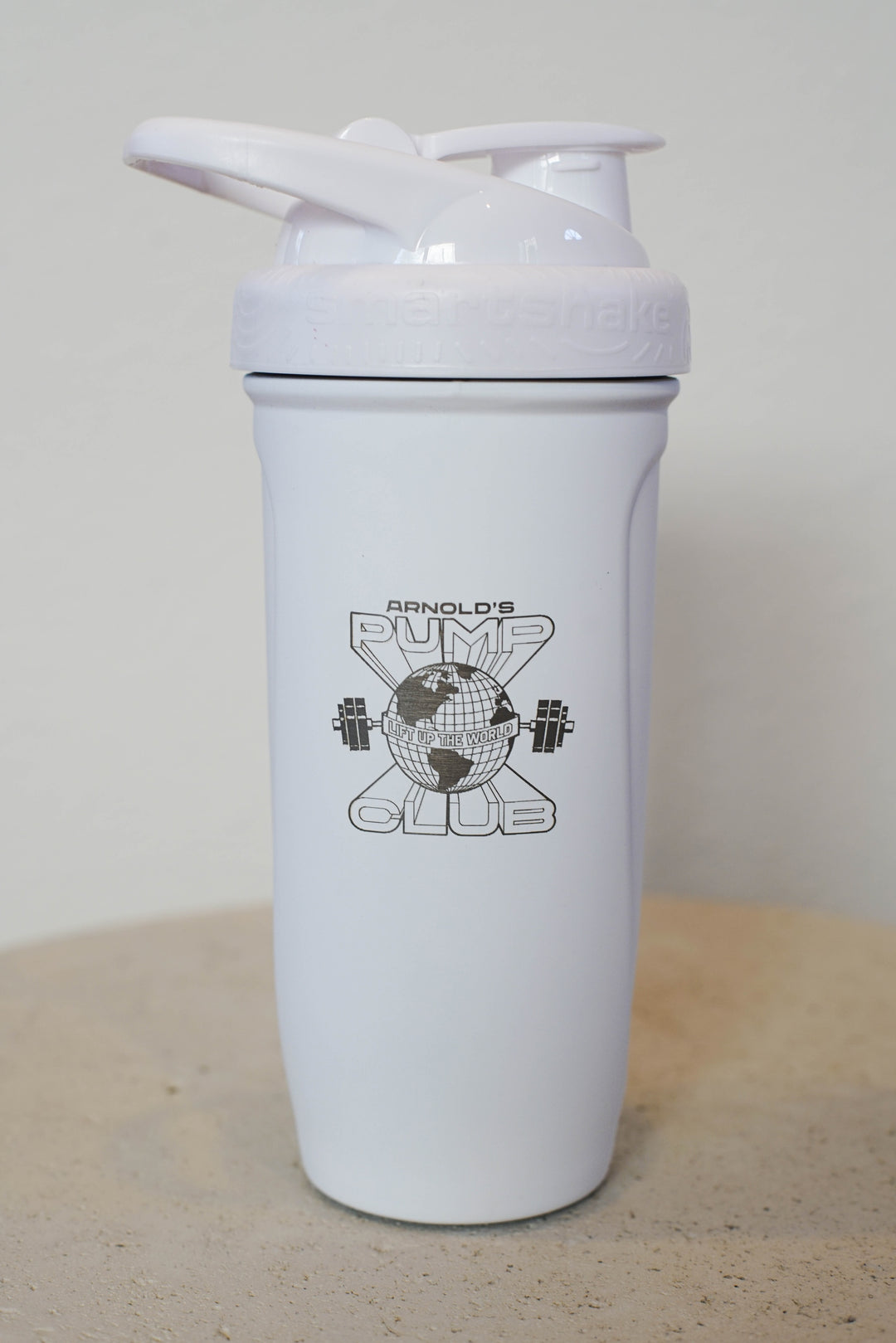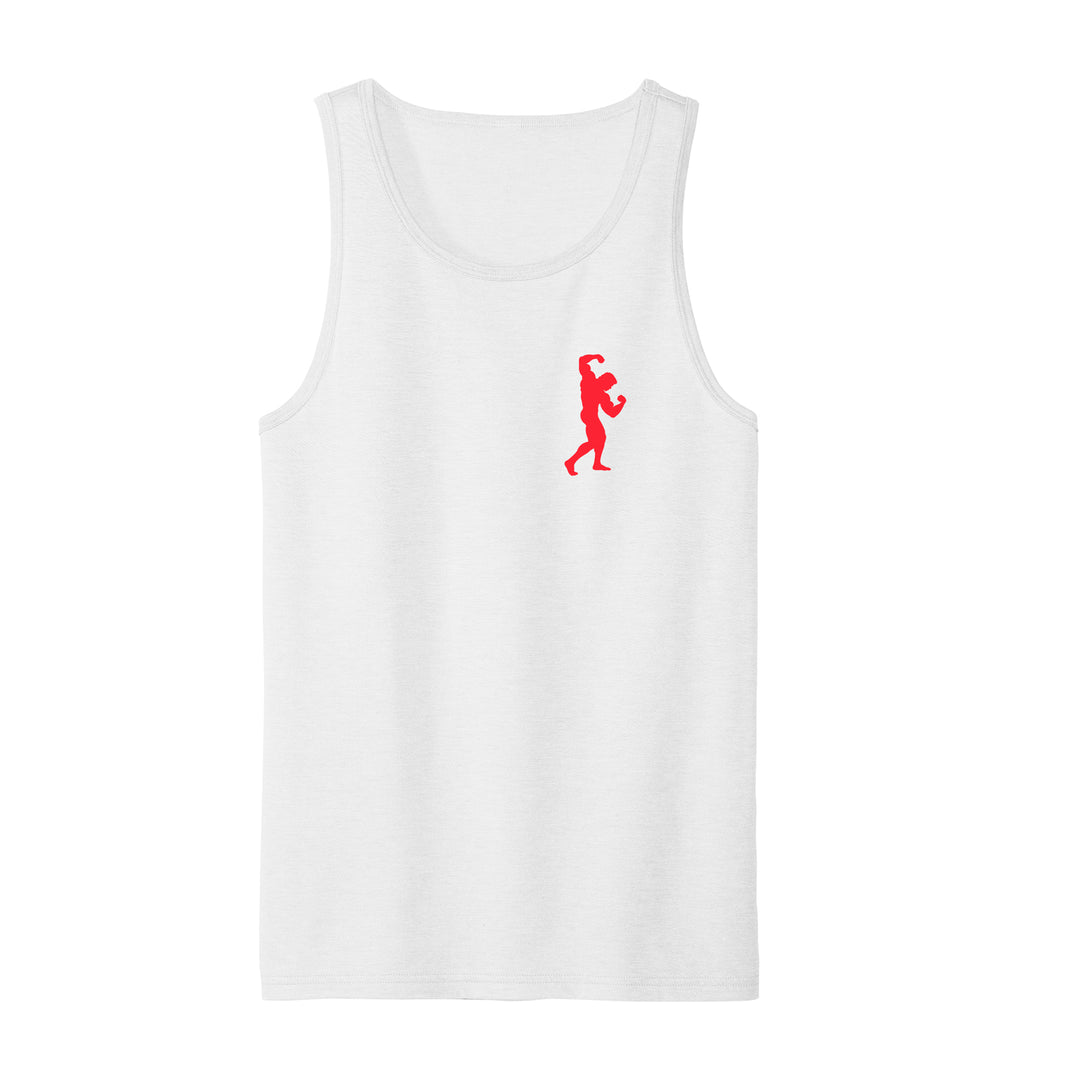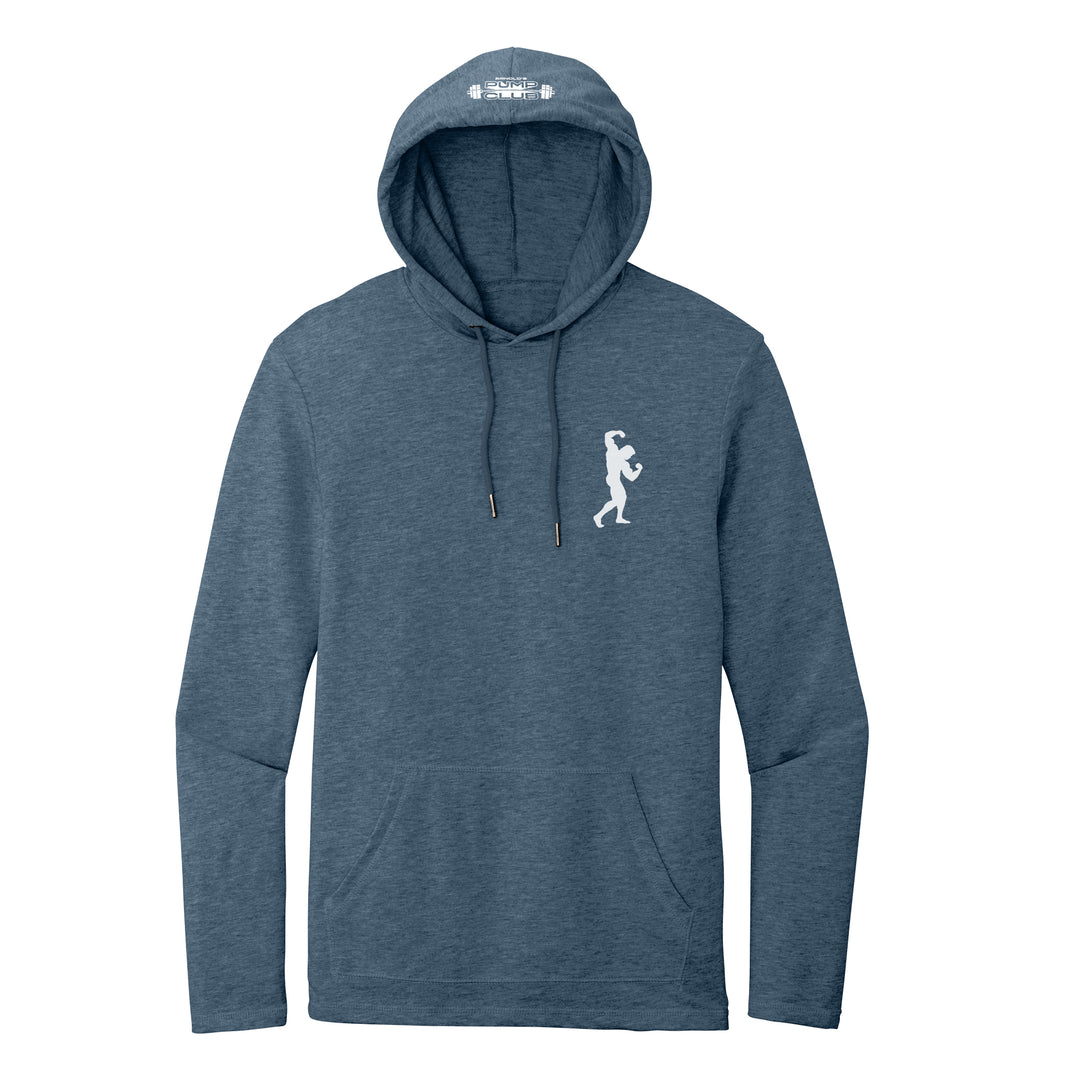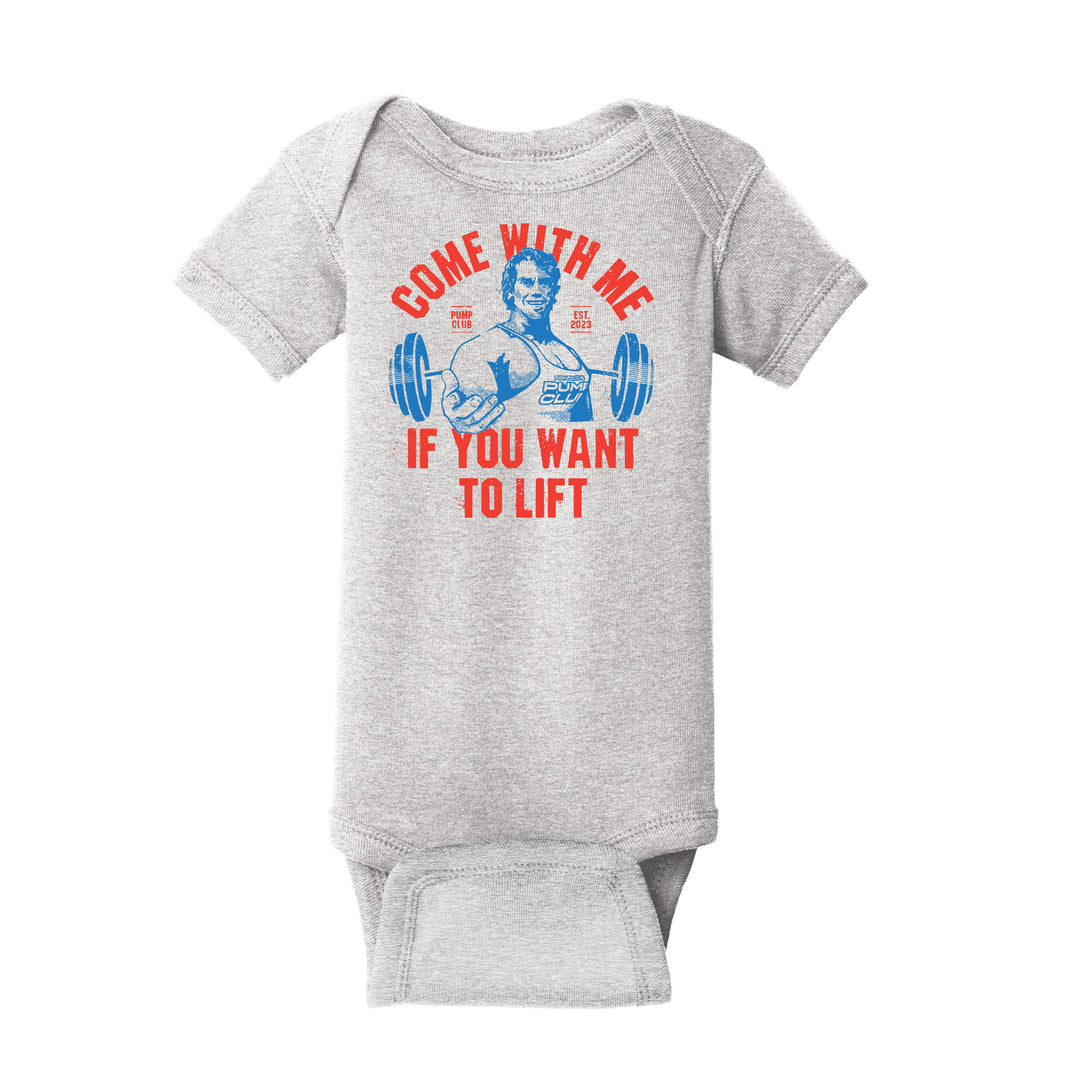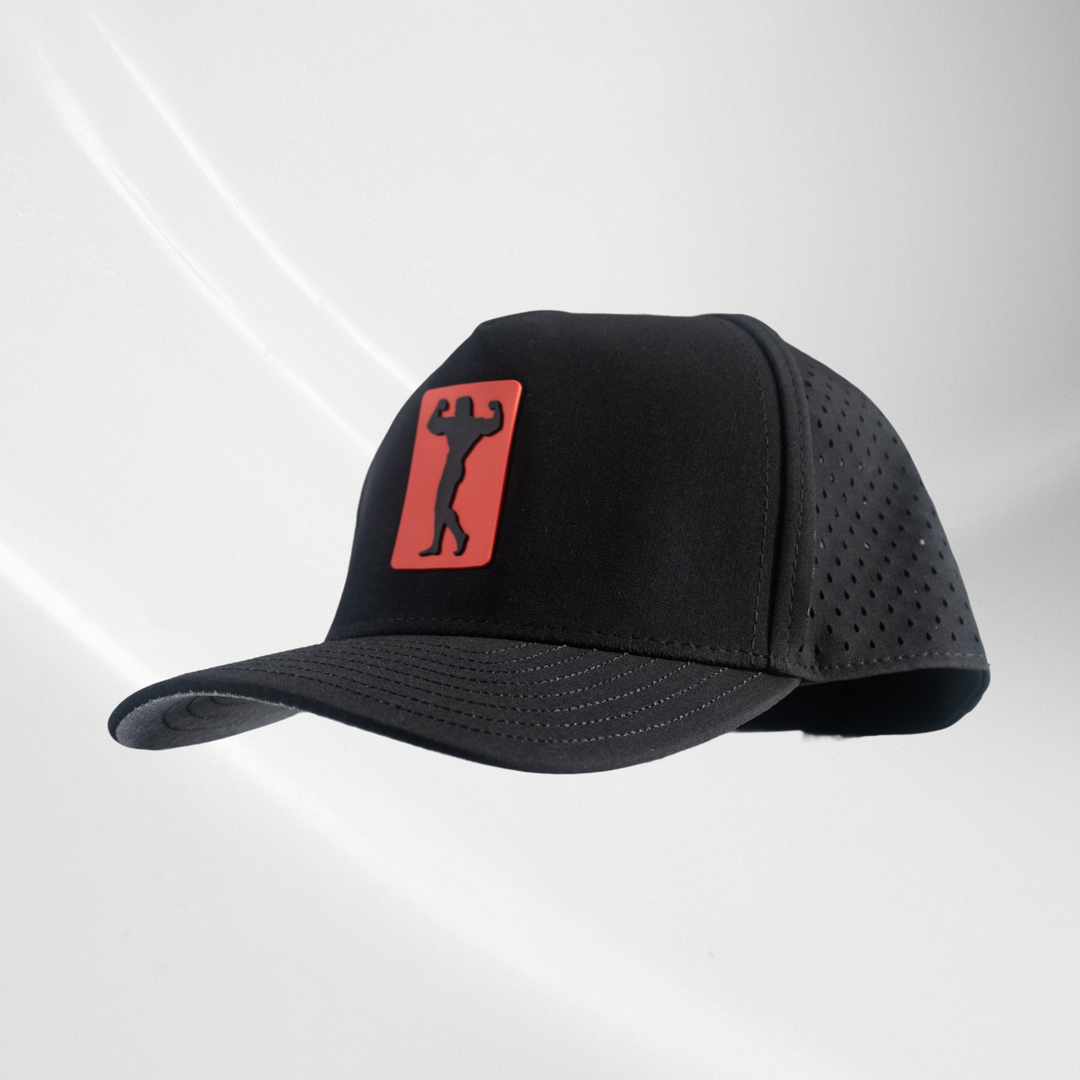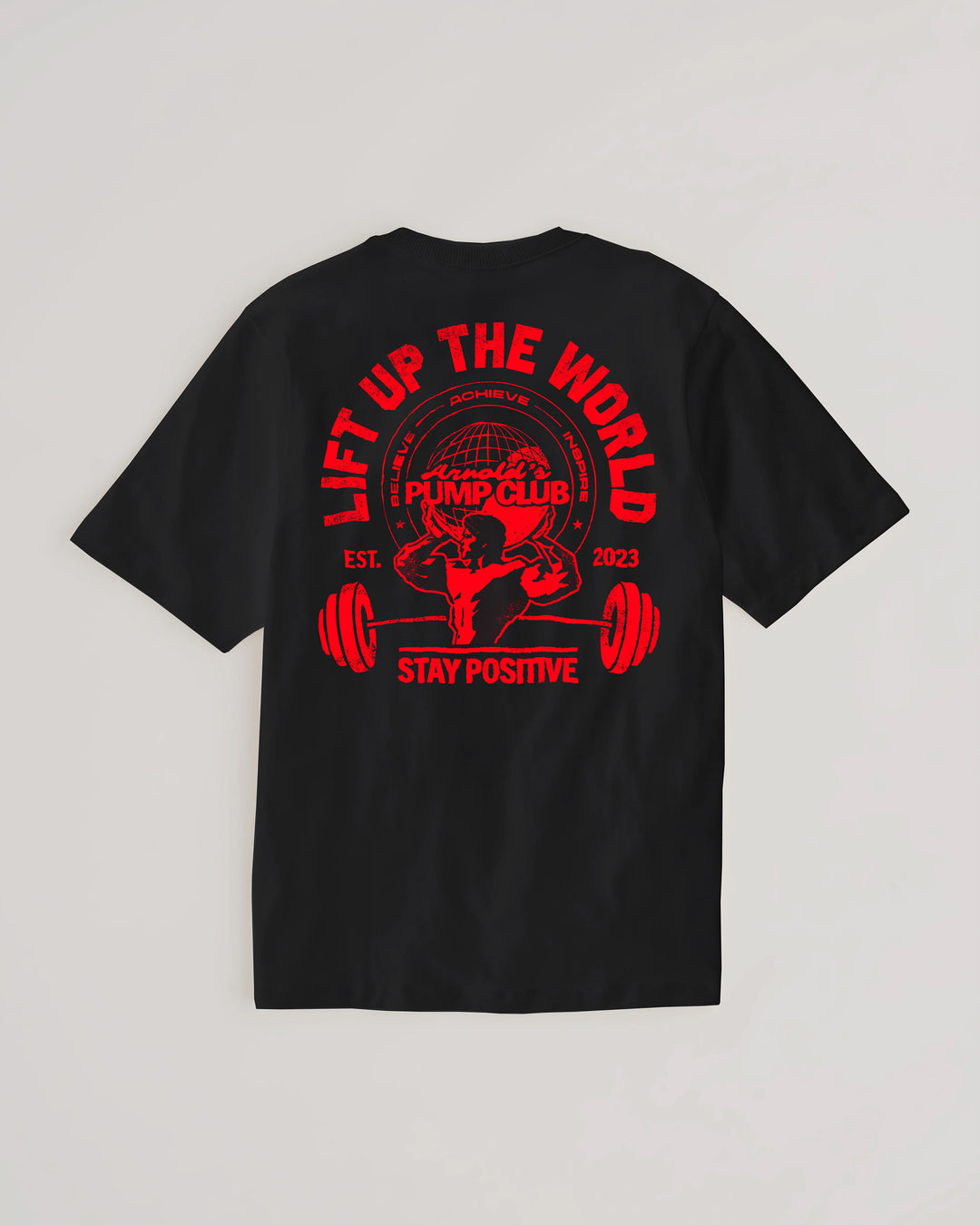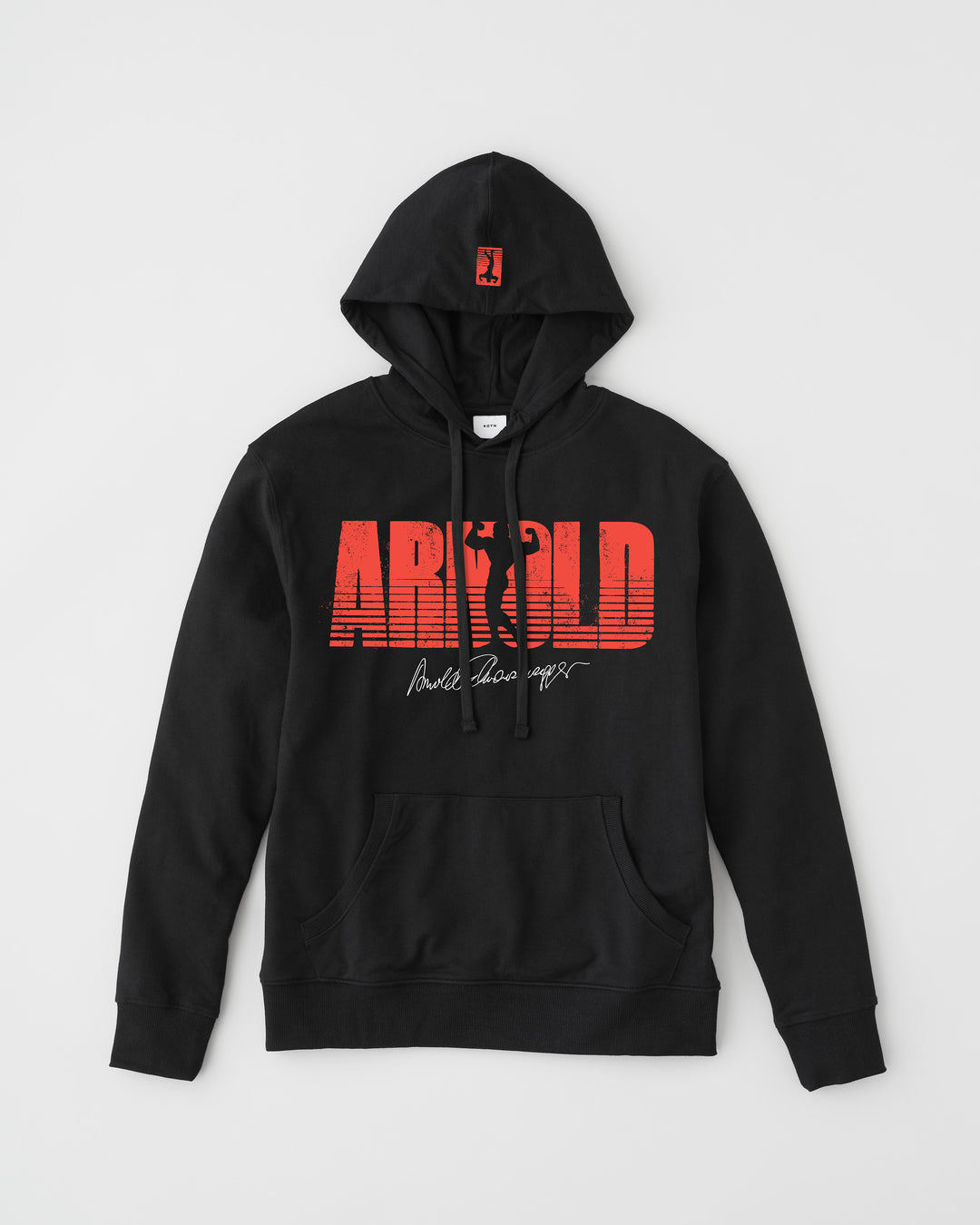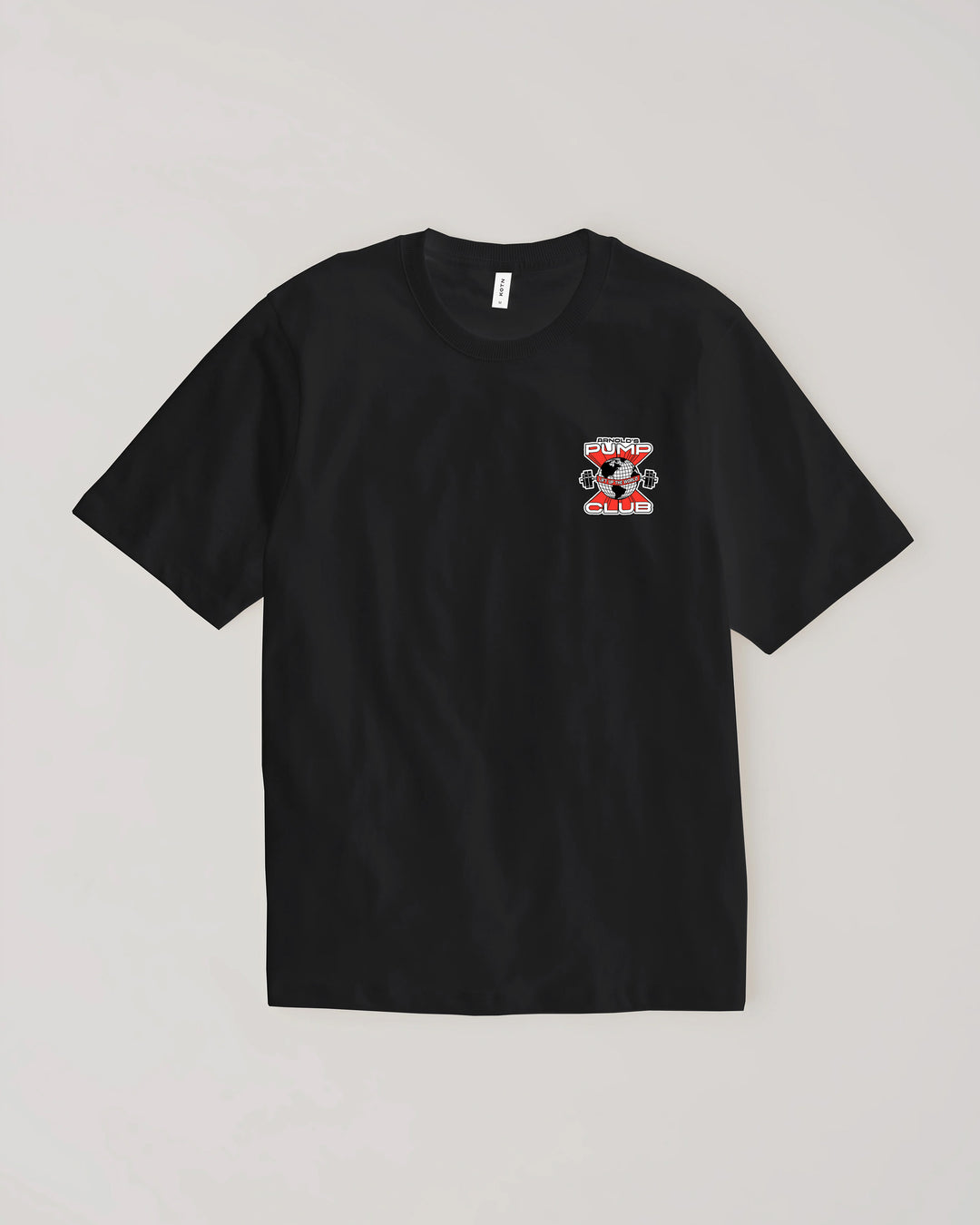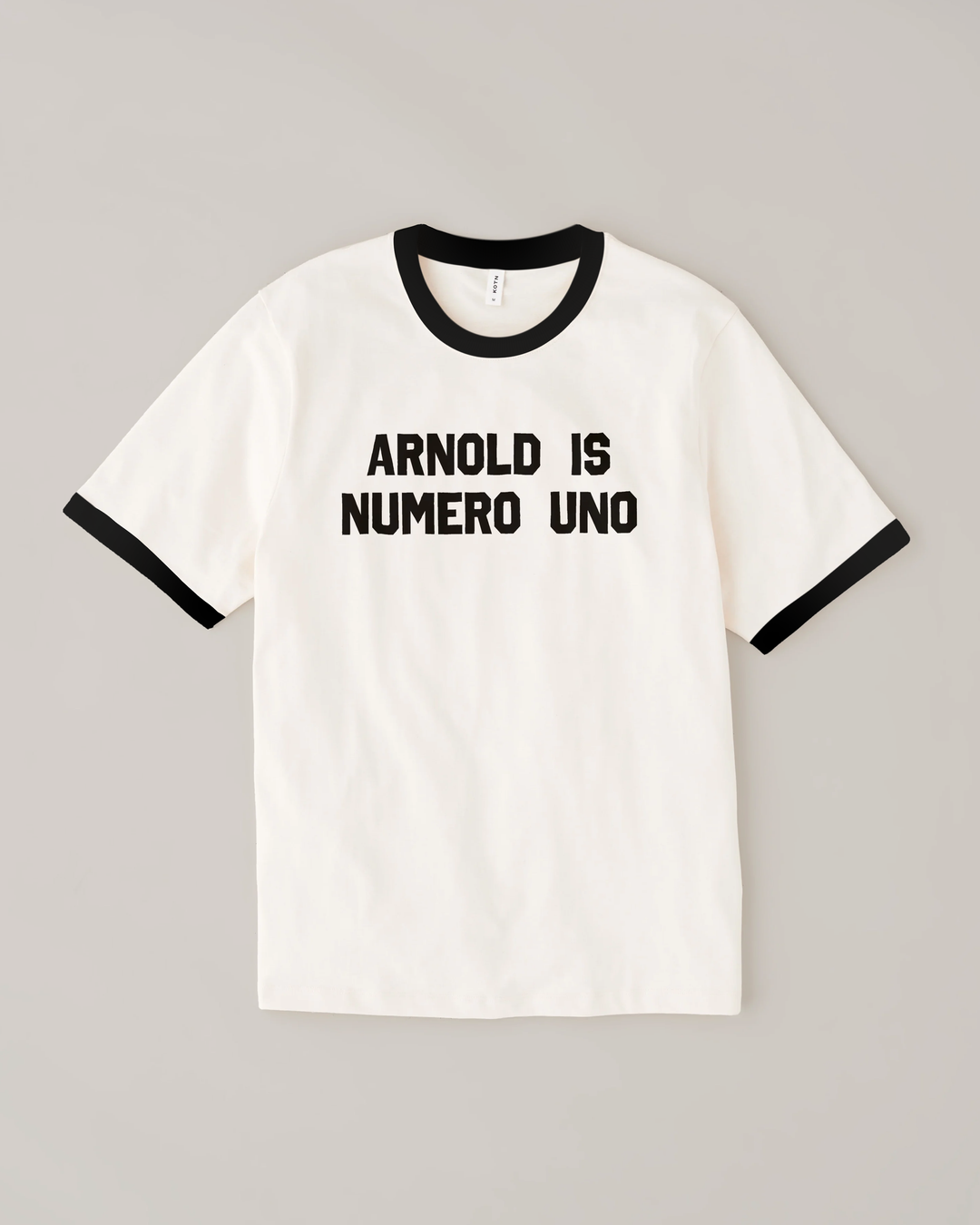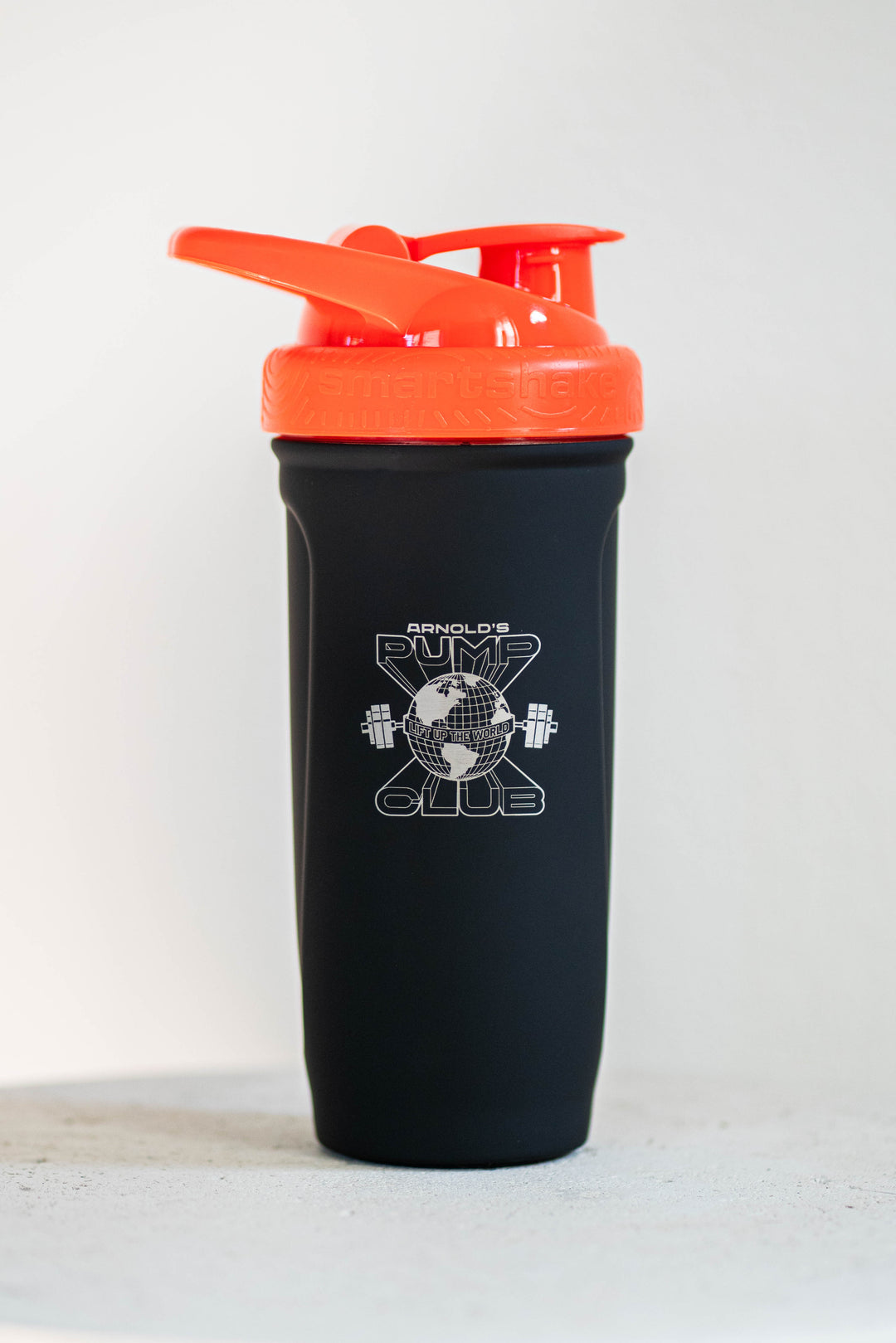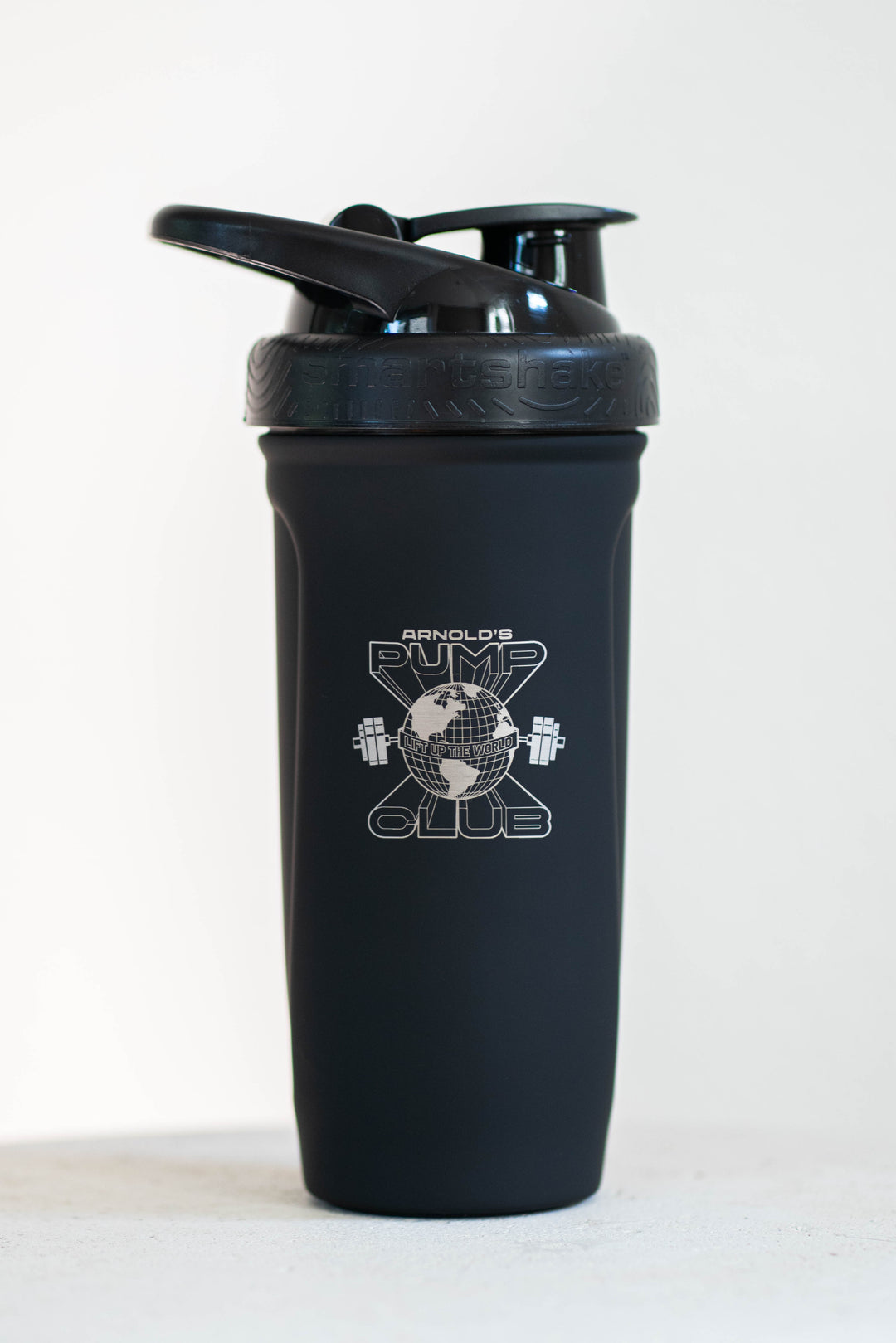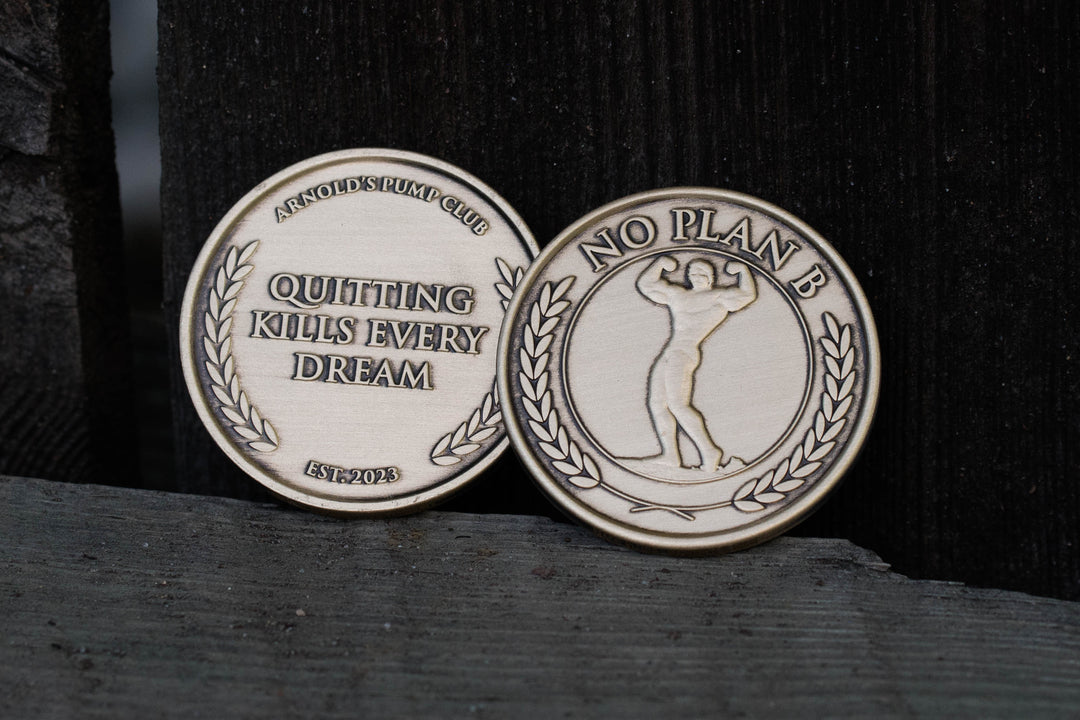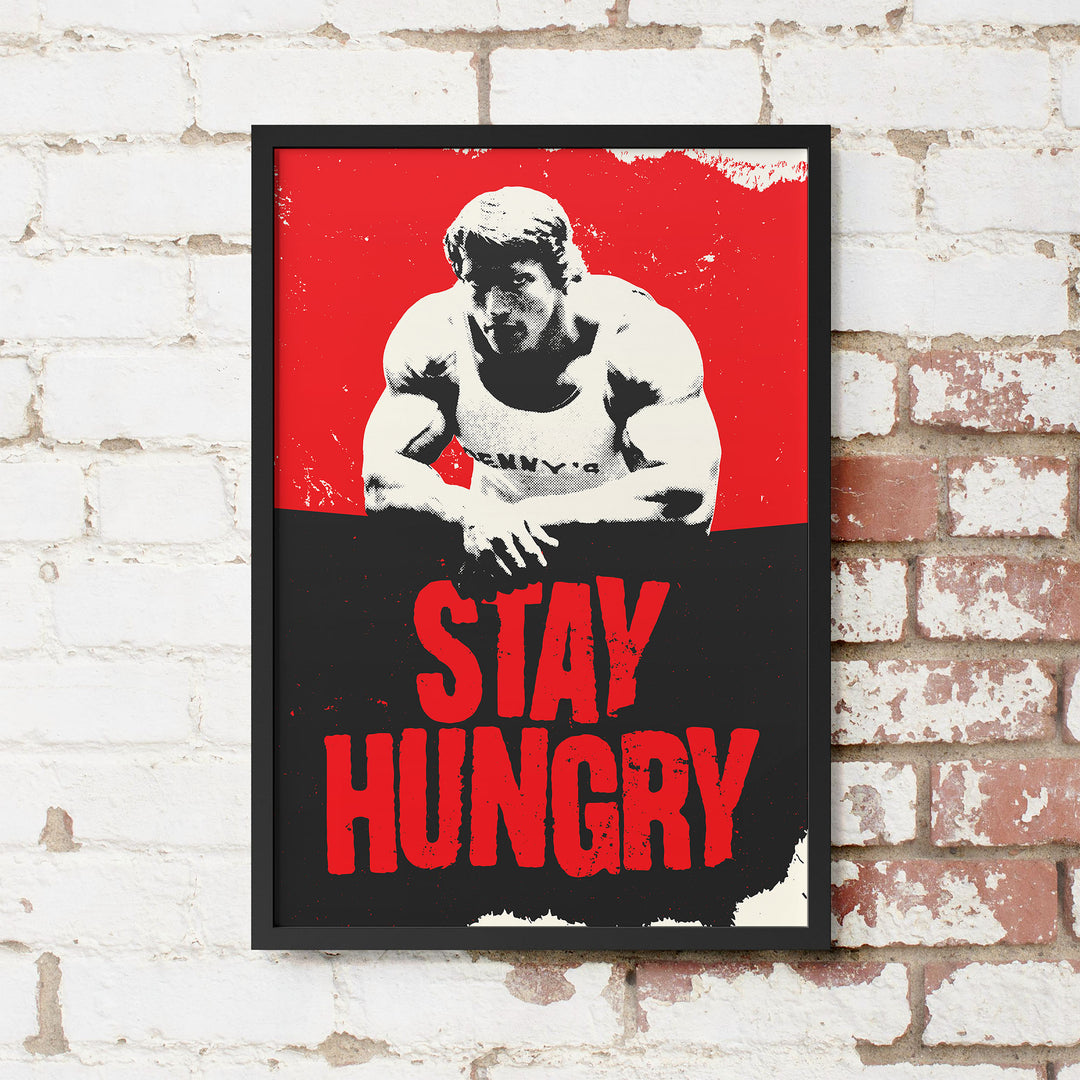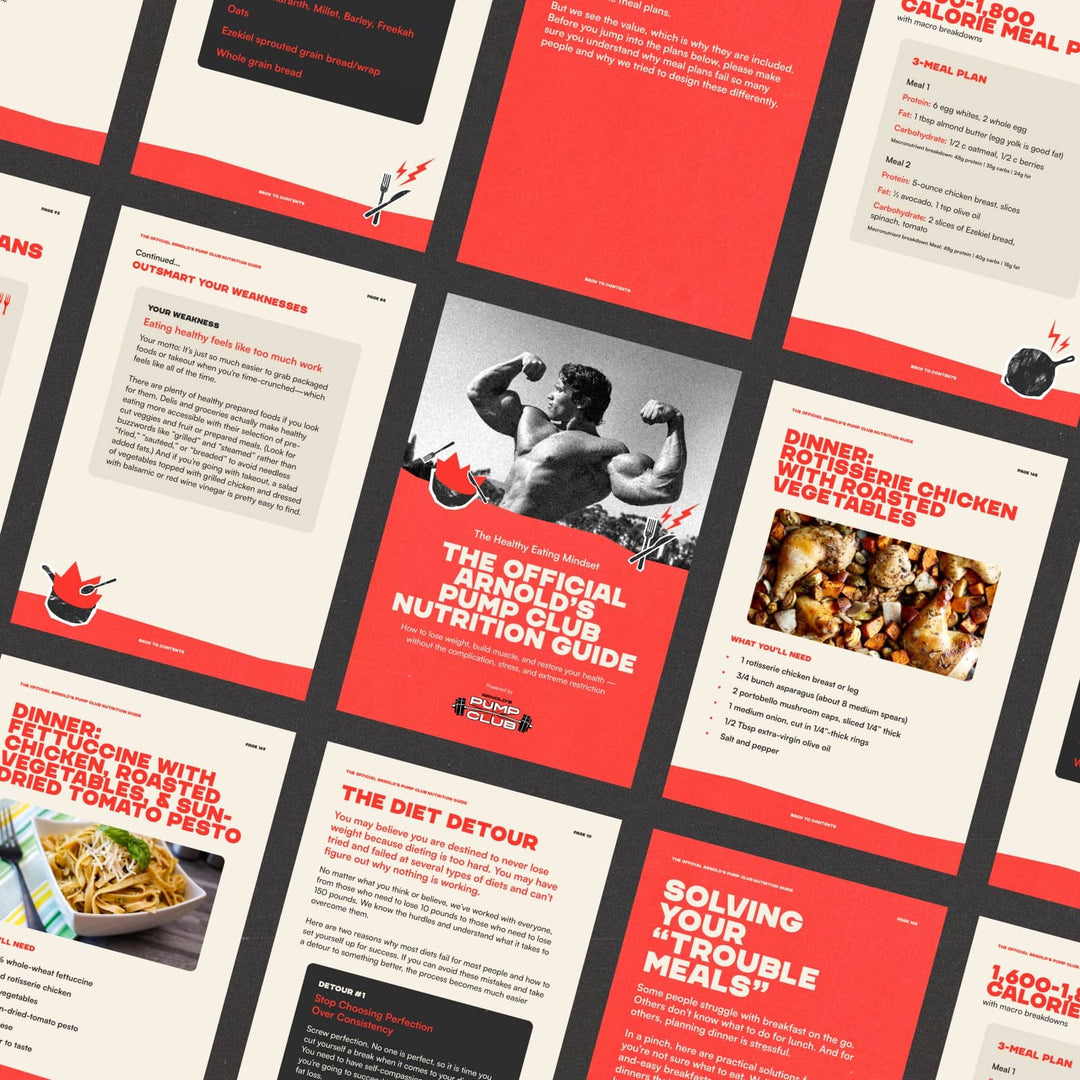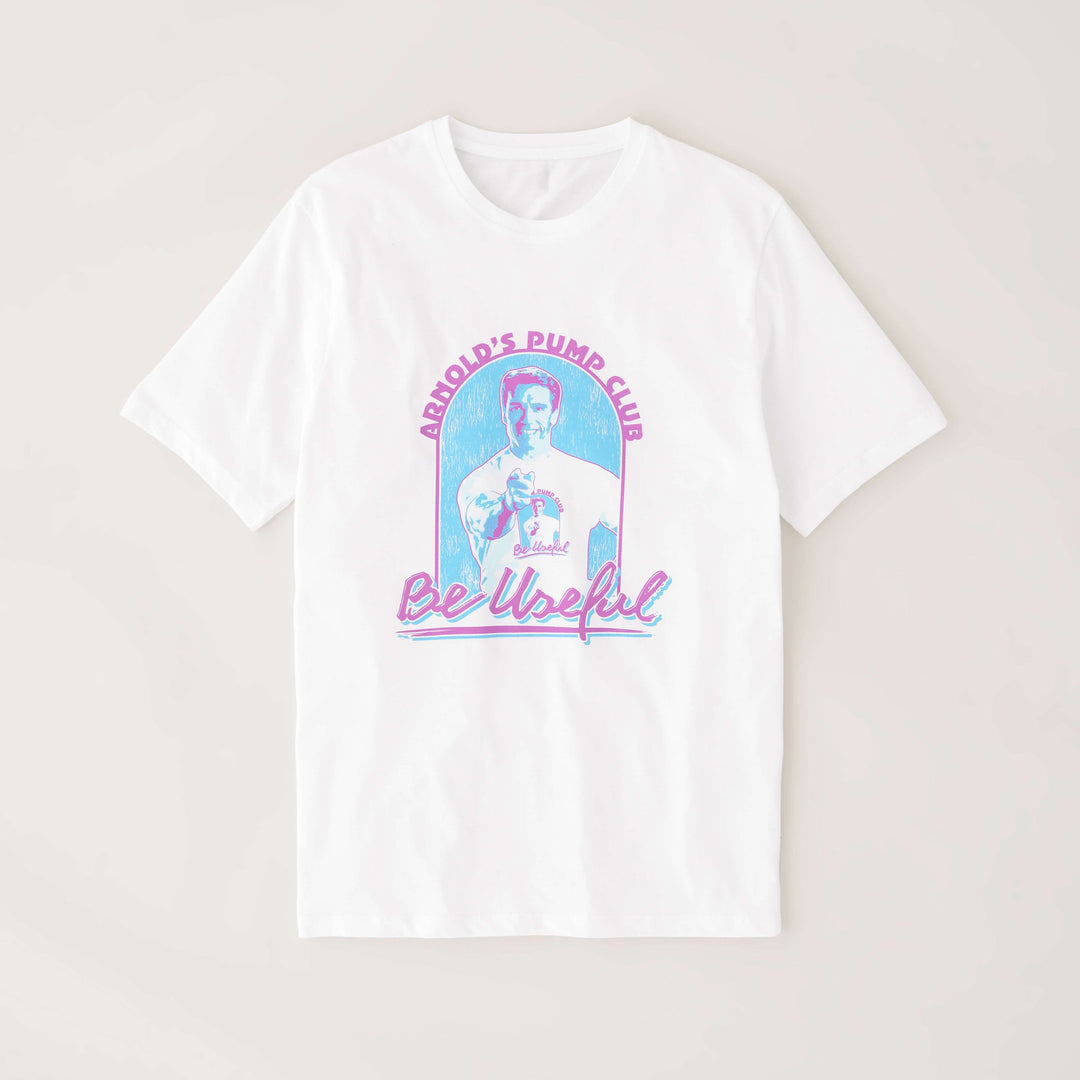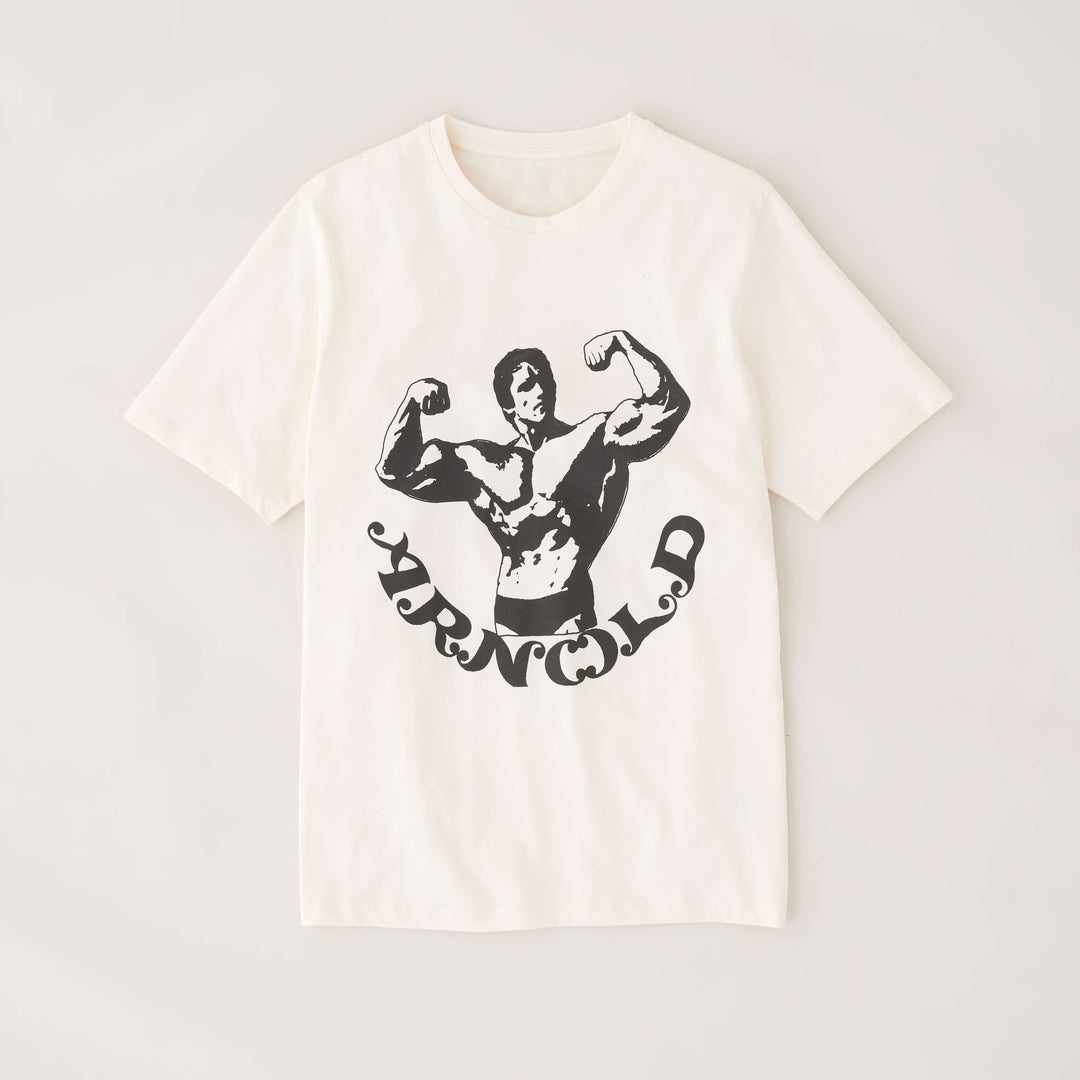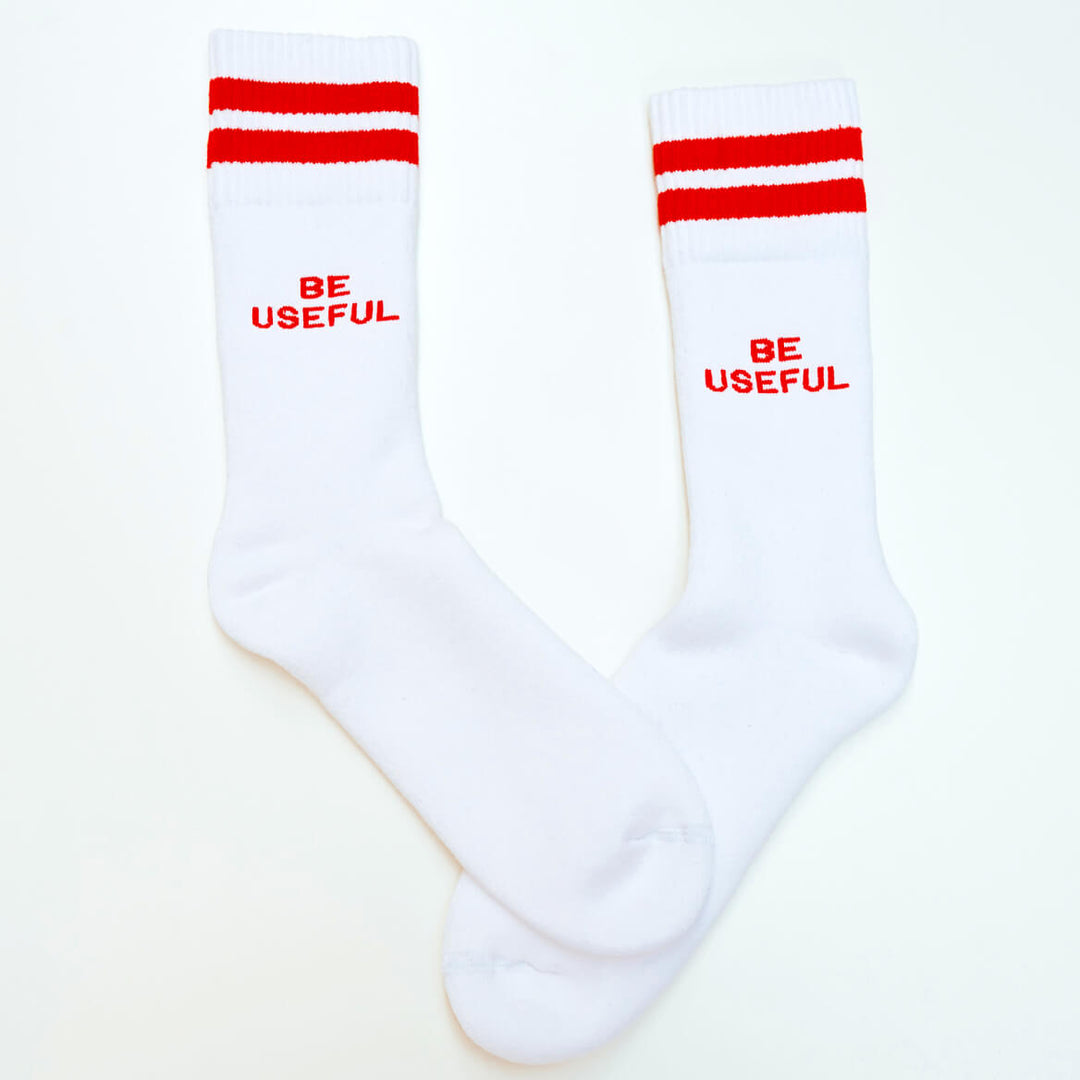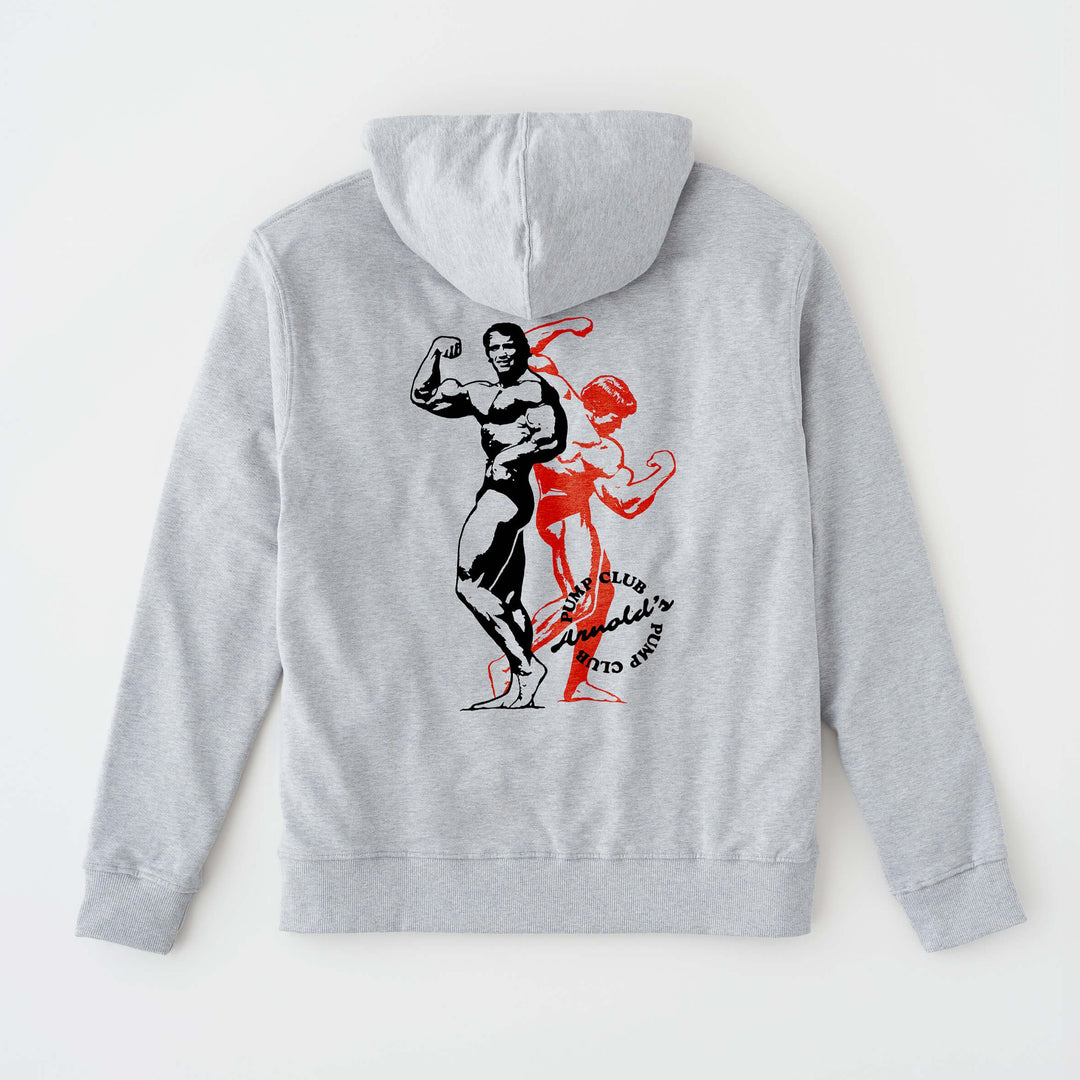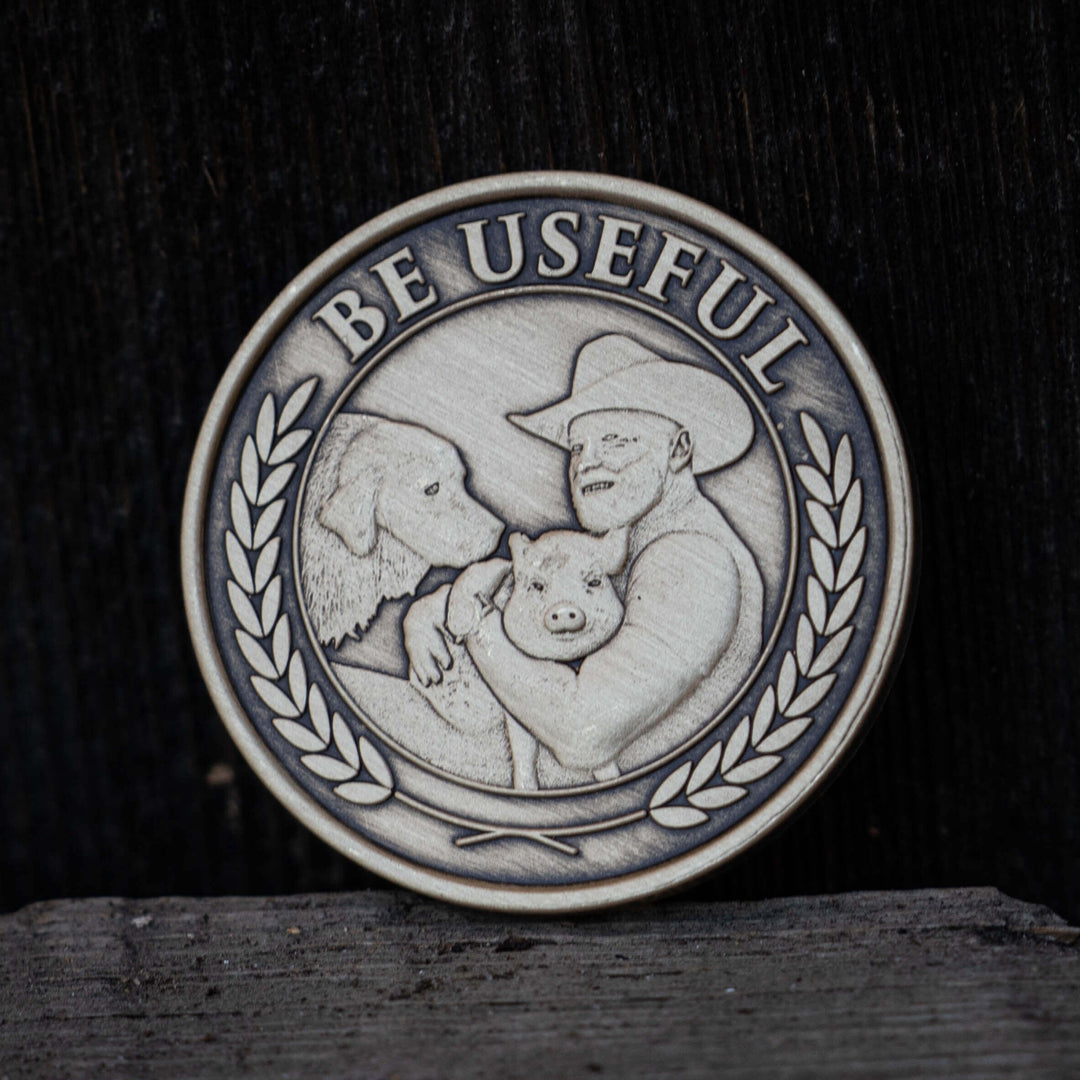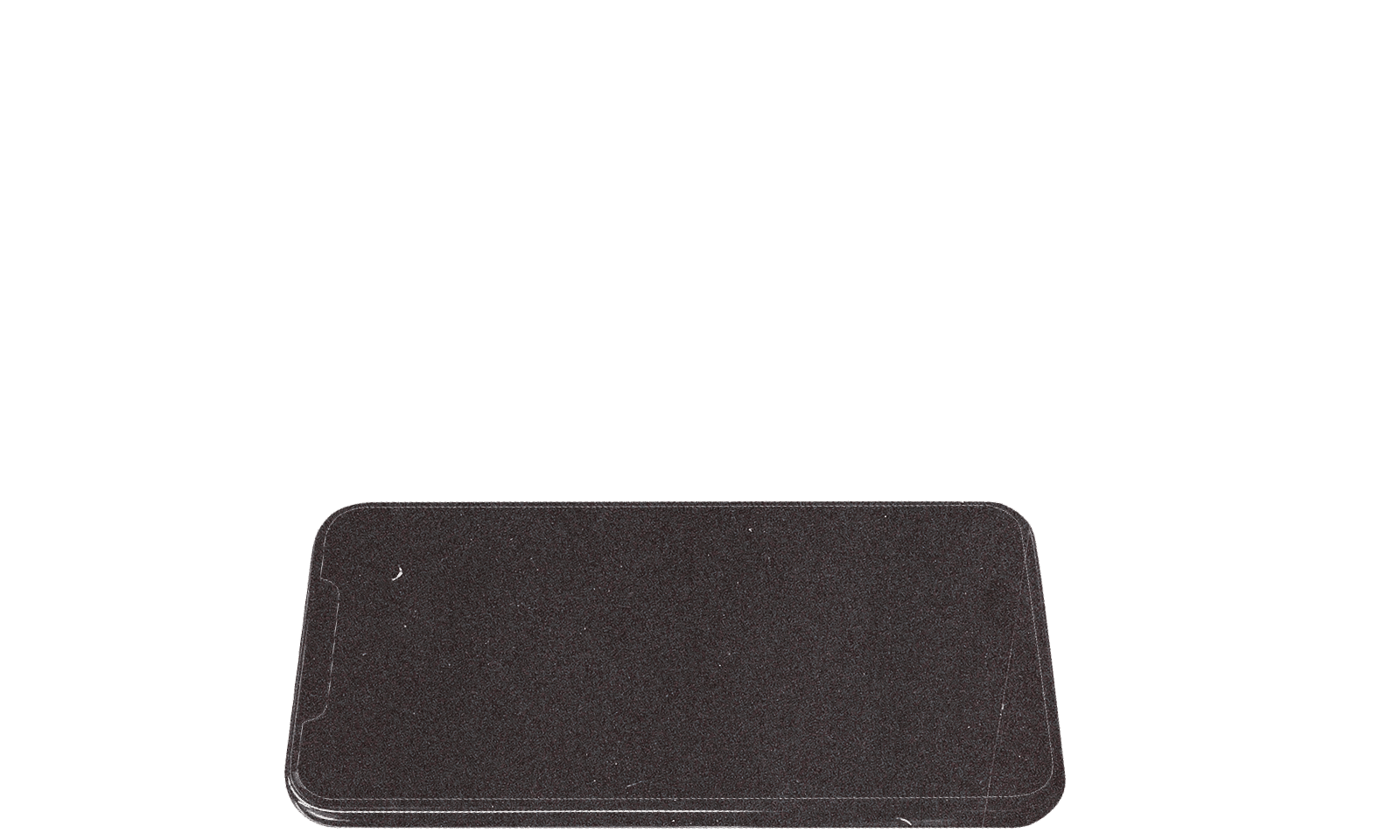Welcome to the positive corner of the internet. Here’s a daily digest designed to make you healthier in less than 5 minutes. If you were forwarded this message, you can get the free daily email here.
Today’s Health Upgrade
The coffee-dehydration relationship
Blood sugar BS?
Recipe of the week
Want more stories from Arnold? Listen to Arnold's Pump Club podcast. It's like the daily newsletter, but with additional narration and thoughts from Arnold. You can subscribe on Apple, Spotify, Google, or wherever you listen to podcasts.
Fact or Fiction: Does Caffeine Make You Dehydrated?
Anyone who drinks coffee knows it can run through you in many ways. But are you losing more than you gain?
Multiple studies have found that while caffeine is a diuretic, it is not dehydrating — as long as you don’t drink too much.
It all comes down to math. Coffee is mostly water and can even be hydrating for some people. At the same time, it makes you more likely to urinate but only a relatively small amount.
Still, we’ve shared that the amount of caffeine in two to four cups of coffee is an effective workout booster. And if you’re worried that amount could leave you vulnerable, we’ve got good news.
Research suggests you’d need to drink about 500 to 600 milligrams of caffeine, or about 5 to 6 cups per day, to tip the scales where you’re losing more water than you’re taking in. And that’s assuming you’re drinking no other fluids.
So if you are a heavy coffee drinker, remember to hydrate for insurance. Or, you can enjoy something like Four Sigmatic coffee, which has less caffeine but uses adaptogenic mushrooms to help with extra focus and attention.
As we’ve previously shared, research suggests that anywhere from two to five cups of coffee per day are also associated with a reduction in cardiovascular disease, Parkinson’s, and certain cancers.
Blood Sugar BS?
Technology is designed to make us healthier. But, sometimes, it’s important to make sure the tech works as intended.
Recent research suggests if you’re measuring your blood sugar after each meal — and are not a diabetic — you might be following very misleading information.
Continuous glucose monitors (or CGMs) have long been used to help diabetics manage their blood sugar. But, the wellness industry has recently created options for the average person. It’s become a big business based on the idea that if you control blood sugar spikes, you can be healthier and prevent weight loss.
But there are two big problems:
Blood sugar fluctuations after a meal are completely normal. When you eat, your blood glucose will likely change and increase, even if you’re eating healthy foods. What’s important is that your blood sugar doesn’t stay elevated. If blood sugar doesn’t change for a diabetic, it can mean a big problem. But it doesn't mean anything if it rises and falls for a non-diabetic. To date, no studies show that short-term glucose spikes cause hormonal issues, chronic inflammation, aging, or disease.
More importantly, the latest study suggests that when people eat the exact same meal — and all other variables are controlled — the CGM provides very different outputs for how it influences your blood sugar.
If you want to wear a CGM for self-experimentation, that’s your choice, and we encourage people to find what works for them. But there’s no need to react or stress about every food that changes your blood sugar (if you did that, you might never eat fruit again). Many health professionals worry that obsessing over every meal can lead to unhealthy behaviors.
Recipe of the Week
Sometimes, the best way to eat healthier is to take foods you love and make small adjustments to make them better for you — without making them taste worst. Nachos are a perfect example. When you think of nachos, “healthy” probably is the last thing that comes to mind. But this popular dish can easily become a nutrition-packed snack or meal high in protein and fiber. Dig into this recipe from You Can’t Screw This Up and enjoy.
High-Protein Nachos
Servings: Makes 4 servings, about 40 loaded nachos total
Prep time: 20 minutes
Ingredients
1 tablespoon extra-virgin olive oil
1 pound ground beef or turkey (at least 90% lean)
1 teaspoon sea salt
1 teaspoon chili powder
One 12-ounce can of black beans, rinsed and drained
1 cup frozen or canned corn, rinsed and drained
5 ounces tortilla chips (about 45 chips)
1 thinly sliced jalapeño pepper
3 diced scallions
1/3 cup shredded cheese of your choice (cheddar, mozzarella, or pepper Jack all work great)
1 diced avocado
Instructions
1. In a large skillet over medium-high heat, heat the oil. Add the ground meat and cook, stirring and breaking the meat up as it cooks, until the meat is no longer pink and has started to brown. This could take about ten minutes. Season with the salt and chili powder, stir, and cook for about five minutes until cooked through.
2. Preheat the oven to 425°F. Combine the beans and corn in a microwave-safe bowl and microwave until heated through, 30 to 60 seconds.
3. Lay the chips in a single layer on a large sheet pan. Top with the meat, then with the black beans and corn. Add the jalapeño, scallions, and cheese.
4. Bake for five minutes, until the cheese melts on top. Remove from the oven, top with diced avocado, and enjoy!
The secret? Not eating the whole thing. Grab about 10-12 chips. Make sure they're loaded with ground meat and your favorite fixings. Eat up, and stop when you're done.
Give it a try, and let us know what you think.


